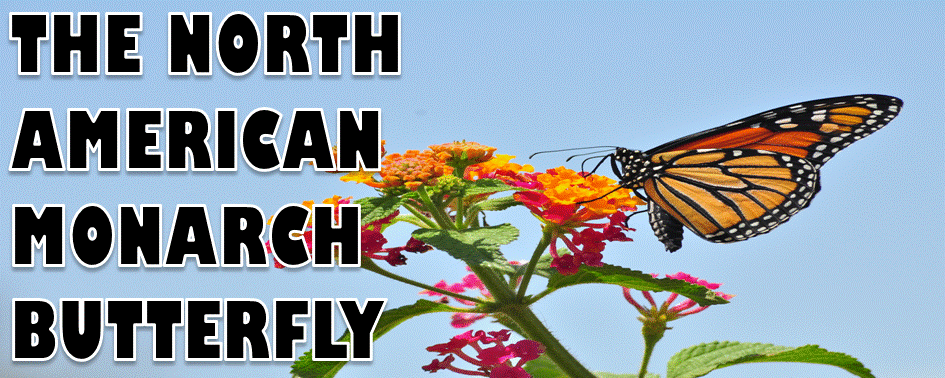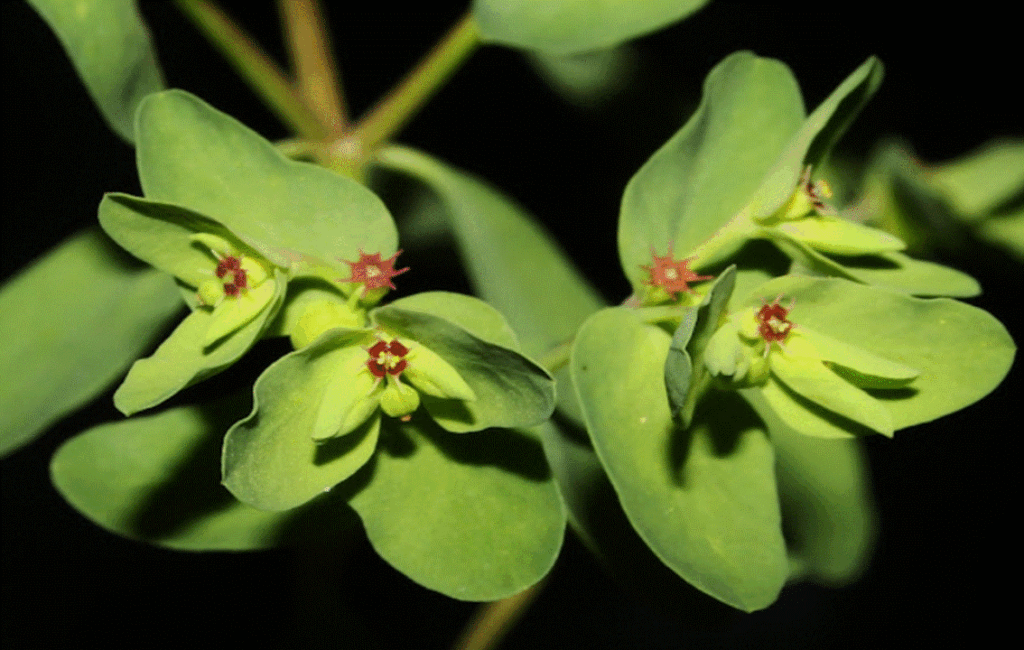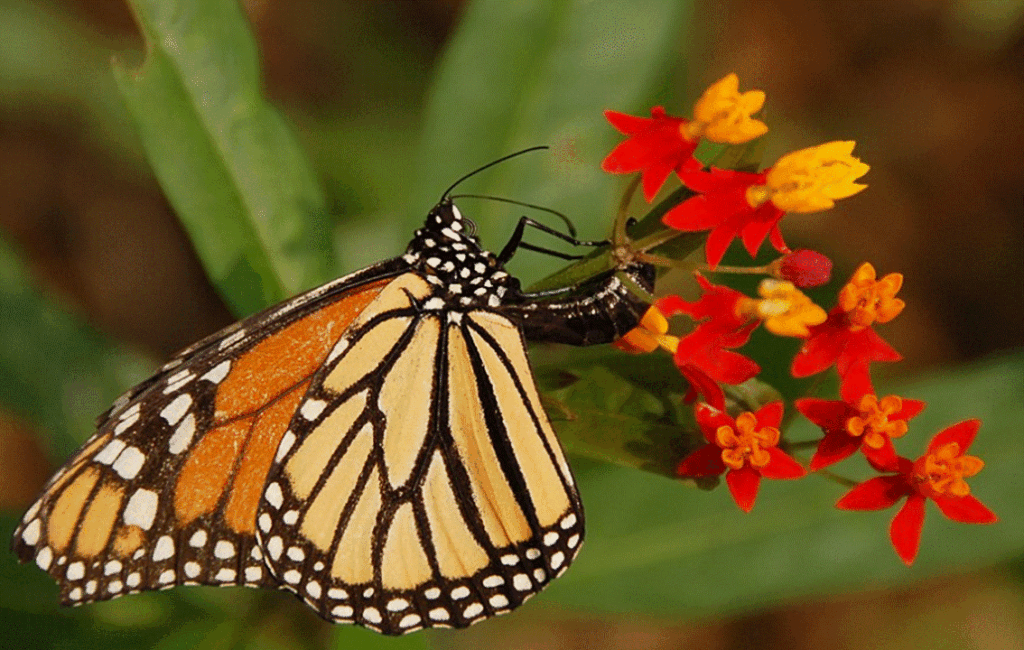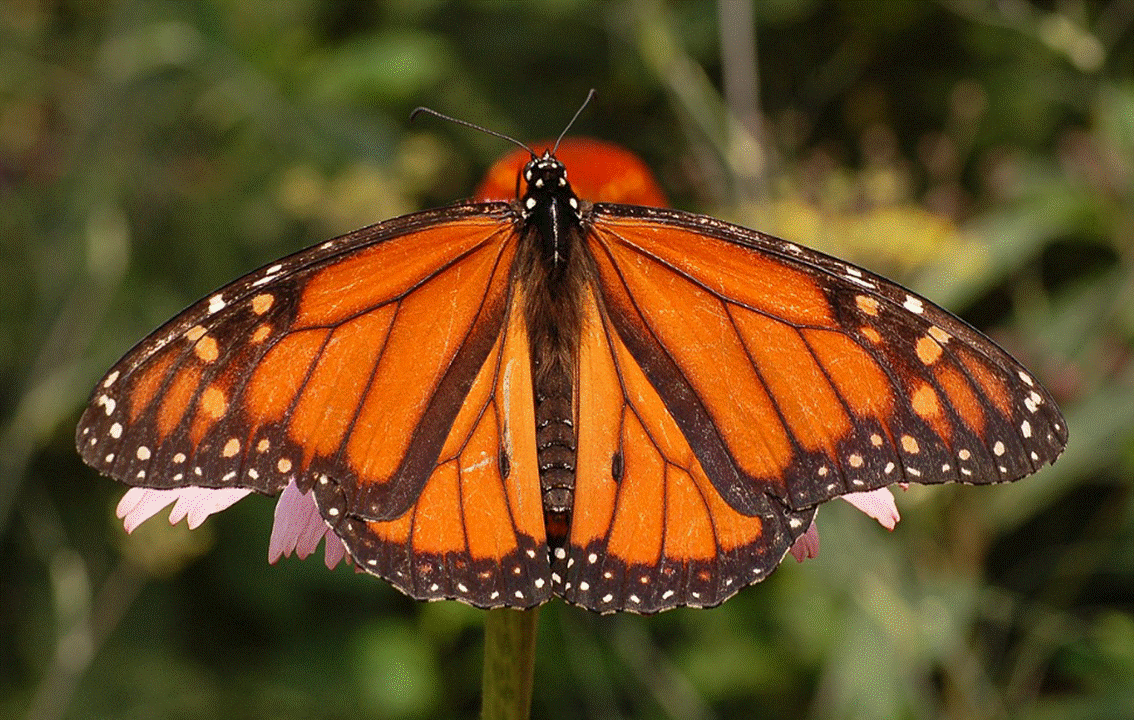
THE NORTH AMERICAN MONARCH BUTTERFLY
HOW DID THIS BUTTERFLY GET TO CYPRUS?
AN ORANGE BEAUTY
Initially, when first spotted in Cyprus, the North American Monarch butterfly was mistaken for a regular visitor to the island, the Plain Tiger (Danaus chrysippus). This, however, was soon dispelled after a chance photograph of the orange butterfly with a large wingspan was circulated. Eddie John, butterfly recorder for Cyprus, soon confirmed that this orange wonder was indeed a North American Monarch Butterfly. The existence of the island was unique, and its presence remained unexplained!
A LENGTHY INVESTIGATION
As the North American Monarch is a native species to the Americas, the fact that it was found in the wild in Cyprus confounded several experts. With several Lepidopterologists scratching their heads, a thorough investigation began. This led to several experts theorising about how this butterfly could have arrived on the island. Several attempts were made in their attempt to find a plausible explanation.
LEPIDOPTERY
Although lepidopterology is regularly performed by several people living in Cyprus, it is Eddie John who is the foremost butterfly expert on the island. His study of butterflies has helped to successfully catalogue 57 species currently on the island. Seven of which are considered to be endemic species or subspecies for Cyprus. None of these butterflies, up until a few years ago, however, included the bright orange of the North American Monarch.
AN ICONIC BUTTERFLY
The North American Monarch (Danaus plexippus) is an iconic butterfly that is known for its incredible migration journey from North to South America. This migration takes place over several generations and sees millions of these butterflies seeking a warmer climate. They travel south from the whole of North America, arriving in Mexico every year in droves, where they usually spend the winter. The butterflies then begin their return journey north in the spring. As they breed along the way, this migration pattern involves multiple generations.
SEVERAL THEORIES
One of the theories put forward was that these butterflies had somehow reached Cyprus from the Americas with the assistance of strong winds. Other theories trying to explain this phenomenon include species expansion, anthropogenic spread, climate change and wavering water patterns. None of these theories for a natural migration, however, could be proved or confirmed.
MIGRATING BUTTERFLIES
Lengthy migrations are not restricted to the North American Monarch. This activity is also displayed by two species of butterflies that are found living in Cyprus. The Painted Lady (Vanessa cardui) and the Red Admiral (Vanessa Atalanta) head north on their annual migratory flight. They are often seen crossing Cyprus in the spring. They are known to reach as far as the United Kingdom and even Scandinavia. Occasionally, as in 2019, millions of these butterflies were seen passing through the island.
FURTHER SIGHTINGS
As the investigations wore on, it was revealed that the North American Monarch had also been found in Ibiza that same year. This further supported the possibility of a natural migration. However, after another photo had circulated and weeks of investigation by Eddie John, the real story emerged.
A COMICAL STORY
The truth of the matter revealed a comical story that put all of the previous theories to bed. It was discovered that these butterflies were being imported to both islands by a wedding event organiser. The master of ceremonies had purchased large quantities of the butterflies from a breeder in Spain, and the butterflies were being released as part of several wedding ceremonies on both islands. After this, the butterflies were simply left to fend for themselves in the wild.
NO MEANINGFUL PRESENCE
Although a large number of these butterflies were released into the wild, they were unable to establish a meaningful presence on the island. Many of them, if not all of them, would have perished after only a short period, and any presence of the butterfly in Cyprus would have disappeared with them. This is mainly due to a very limited supply of milkweed on the island.
A LIMITED SUPPLY OF MILKWEED
Milkweed plays a crucial role in this butterfly’s life cycle, and the fact that there is only a limited supply of this plant in Cyprus proved detrimental. Females will only lay their eggs on milkweed because its caterpillars will exclusively feed on this plant. Milkweed produces a toxic compound that deters most herbivores, and the North American Monarch’s larvae have evolved to tolerate these toxins. This allows them a form of protection against most predators. Whilst there are two varieties of milkweed present in Cyprus, there is not enough of it to sustain a large population of these butterflies.
A LESS WELCOME OUTCOME
The introduction of butterflies that are not native to a specific area or country is generally frowned upon. Breeders have a responsibility to ensure that this does not happen. As in this case, those who dedicate efforts to distributional research waste time and resources whilst attempting to find an explanation for the sudden arrival of an unexpected species! Such research is well worthwhile if the appearance is due to a natural phenomenon. It is less welcome, however, if it is found that butterflies have been ‘introduced’ as in the case of the North American Monarch.




